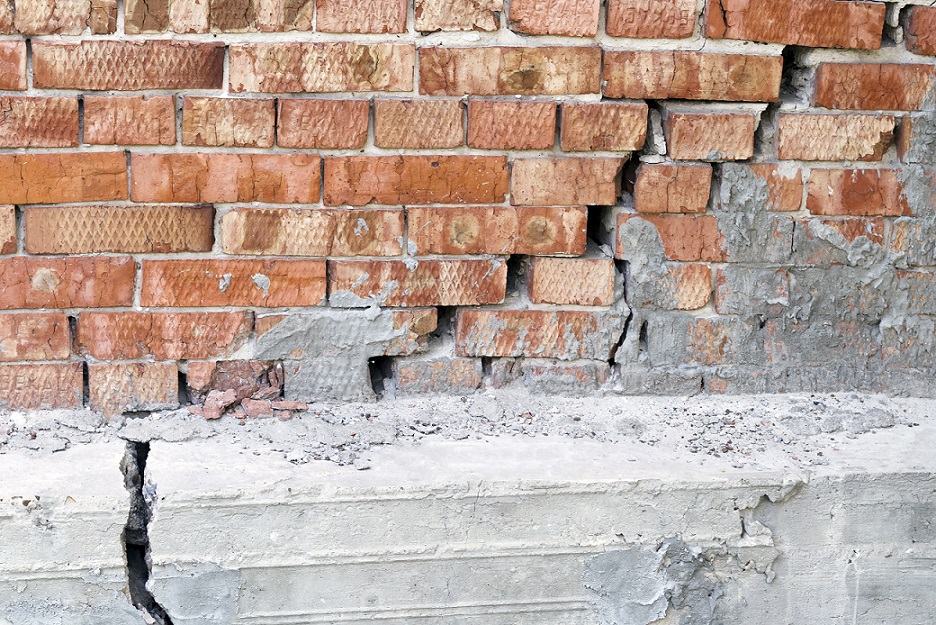Sponsored Partner Content by
Donofrio & Associates

One of the last things you may be thinking about as you sit in your home is radon. Any home can have a radon problem. This means new and old homes, well-sealed and drafty homes, and homes without basements.
What is radon? Radon is a cancer-causing radioactive gas. You can’t smell, taste, or see it. Radon naturally forms within the earth and is literally everywhere. People can be exposed to radon in several ways. These include:
- Cracks in solid floors and walls
- Construction joints
- Gaps in suspended floors
- Gaps around service pipes
- Cavities inside walls
What’s the big deal? Over time, exposure to radon can and will affect your health. The U.S. Environmental Protection Agency (EPA) and the Surgeon General’s office estimate that radon is responsible for more than 20,000 lung cancer deaths each year in the U.S.
The best way to determine the existing level of radon in your home is to schedule a radon test. Donofrio & Associates uses a 48-hour Active Continuous Radon Monitor that takes hour by hour measurements. This is placed in the lowest habitable area of the home, typically a basement. Normal living conditions can resume during the test, however and it is recommended that all doors and windows be closed 12 hours prior and while the radon machine is running. If your radon level is confirmed to be 4 picocuries per liter (pCi/L) or higher, remediation is recommended. According to the EPA, mitigation systems can reduce radon levels by up to 99%.
Also, keep in mind that just because you have had previous radon testing and may even have a mitigation system, you still should consider testing every 2-3 years.
Breathe free, protect your loved ones, and check for radon in your home!